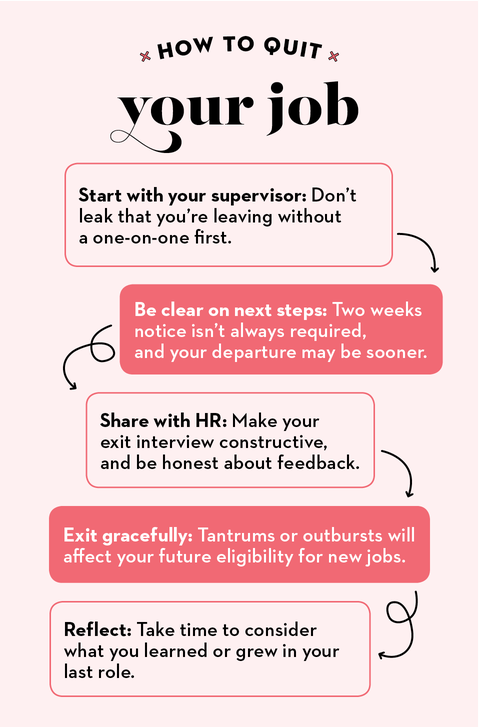How To Leave Your Job And Start A Business

Feeling trapped in your 9-to-5? You're not alone. Thousands are making the leap from employee to entrepreneur, but navigating the transition requires a strategic plan.
This article provides a no-nonsense guide on how to leave your job and launch your own business, covering key steps from financial preparation to legal considerations.
Assess Your Readiness
Financial Stability
Can you survive without a regular paycheck? Experts at the Small Business Administration (SBA) recommend having at least six months of living expenses saved before quitting.
This cushion allows you to focus on building your business without the immediate pressure of generating income.
Tip: Consider starting your business as a side hustle to build a financial runway before taking the plunge.
Business Plan
A solid business plan is crucial. According to a study by Harvard Business Review, businesses with formal plans are more likely to succeed.
Outline your business model, target market, competitive advantages, and financial projections. Include marketing strategies.
Example: Market research, competitive analysis, operational strategy, and revenue projections.
Legal and Logistical Steps
Legal Structure
Choose the right legal structure for your business. Options include sole proprietorship, LLC, partnership, or corporation.
Consult with a lawyer or accountant to determine the best fit for your needs. This choice impacts your liability and taxes.
Note: Each structure has its advantages and disadvantages regarding taxes, personal liability, and operational compliance.
Incorporate Your Business
Incorporate your business to legally separate your personal and business assets. This shields you from personal liability for business debts.
Register your business name and obtain any necessary licenses and permits from your local, state, and federal governments.
Action: Contact your local chamber of commerce or SBA office for guidance on business registration.
Secure Funding
Explore funding options such as small business loans, grants, or personal investment. Crowdfunding is an increasingly popular avenue, with platforms like Kickstarter and Indiegogo providing a way to raise capital.
Prepare a compelling pitch deck and business proposal to attract investors.
Warning: Be wary of predatory lenders or investment schemes.
Resignation and Transition
Plan Your Exit
Give your employer ample notice, generally two weeks, unless otherwise stipulated in your contract. Do not burn bridges.
Complete your pending projects and ensure a smooth handover of your responsibilities. This leaves a positive impression.
Remember: Your professional reputation matters, and a respectful exit can open doors in the future.
Review Agreements
Carefully review any non-compete agreements or confidentiality clauses in your employment contract. Ensure that your new business does not violate these terms.
Seek legal advice if you have any concerns about potential conflicts of interest.
Note: Violation of these agreements can result in legal action.
Inform Clients (Strategically)
If appropriate, inform key clients about your new venture. Do so strategically and ethically, without soliciting business while still employed.
Focus on building relationships and demonstrating the value you can bring to their business.
Caution: This step should be approached carefully to avoid violating any employment agreements.
Post-Employment: Building Your Business
Marketing and Sales
Implement your marketing plan to reach your target audience. Utilize social media, content marketing, and other strategies to generate leads.
Focus on building relationships with potential customers and providing exceptional customer service.
Crucial: Your online presence is your new storefront; invest accordingly.
Networking
Network with other entrepreneurs and industry professionals. Attend industry events, join online communities, and seek mentorship.
Networking can provide valuable insights, support, and potential business opportunities.
Reminder: Building a support system is vital for the long-term success of your business.
Continuous Learning
Stay informed about industry trends and best practices. Continuously learn and adapt to the changing business landscape.
Attend workshops, read industry publications, and seek feedback from customers and mentors.
Key to survival: Embrace change and remain adaptable to market demands.
The journey from employee to entrepreneur requires careful planning, dedication, and a willingness to take risks. By following these steps, you can increase your chances of success and build a fulfilling career on your own terms. Next steps include finalizing your business plan and consulting with a financial advisor.


















